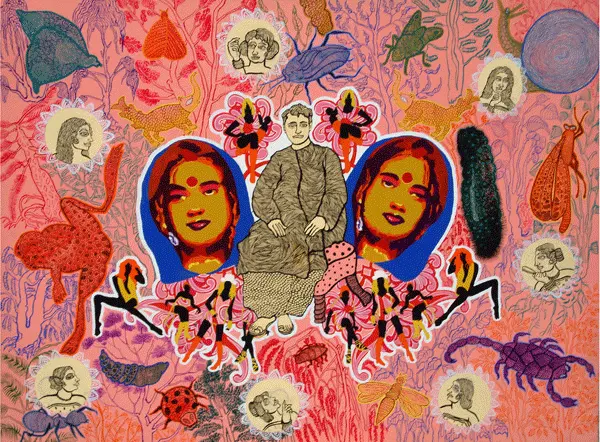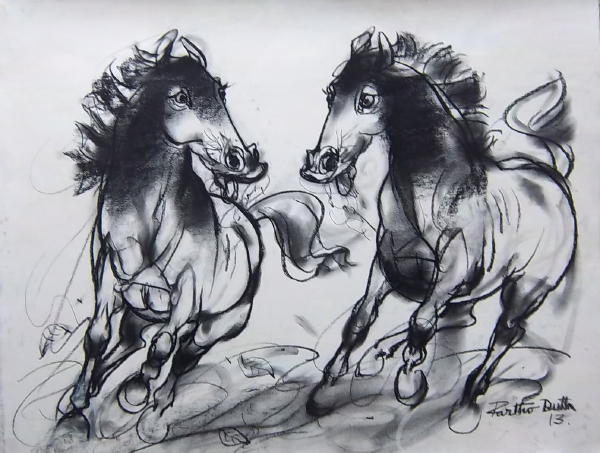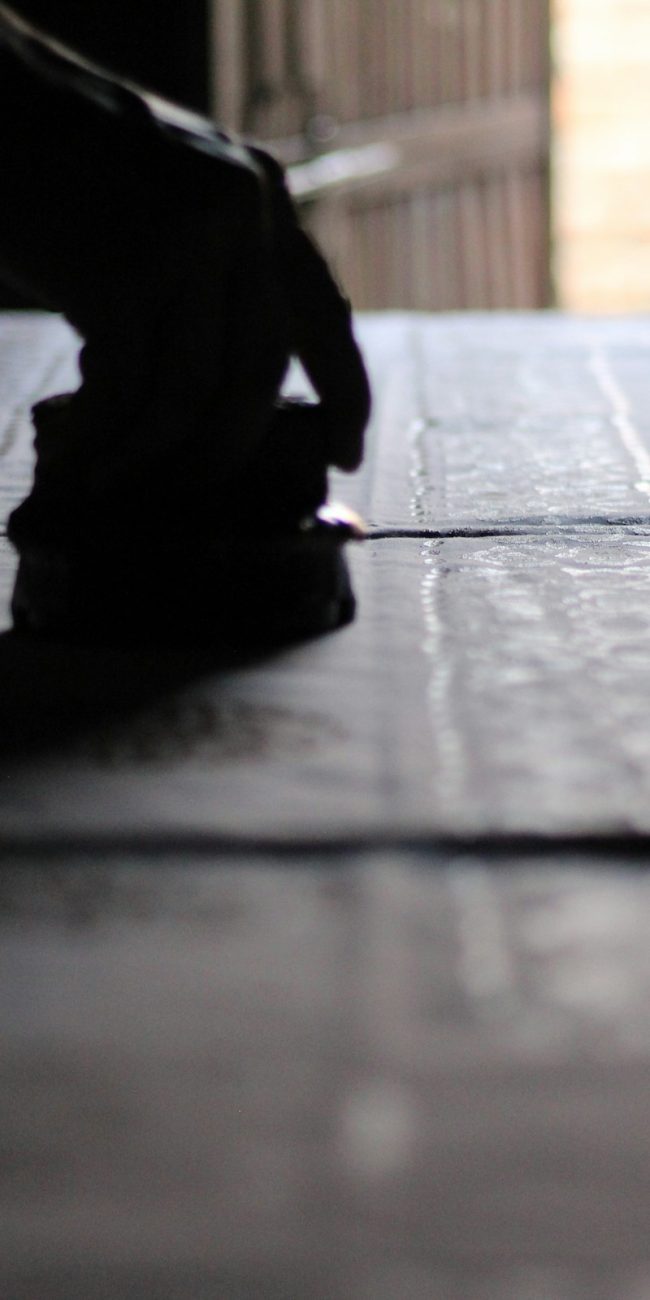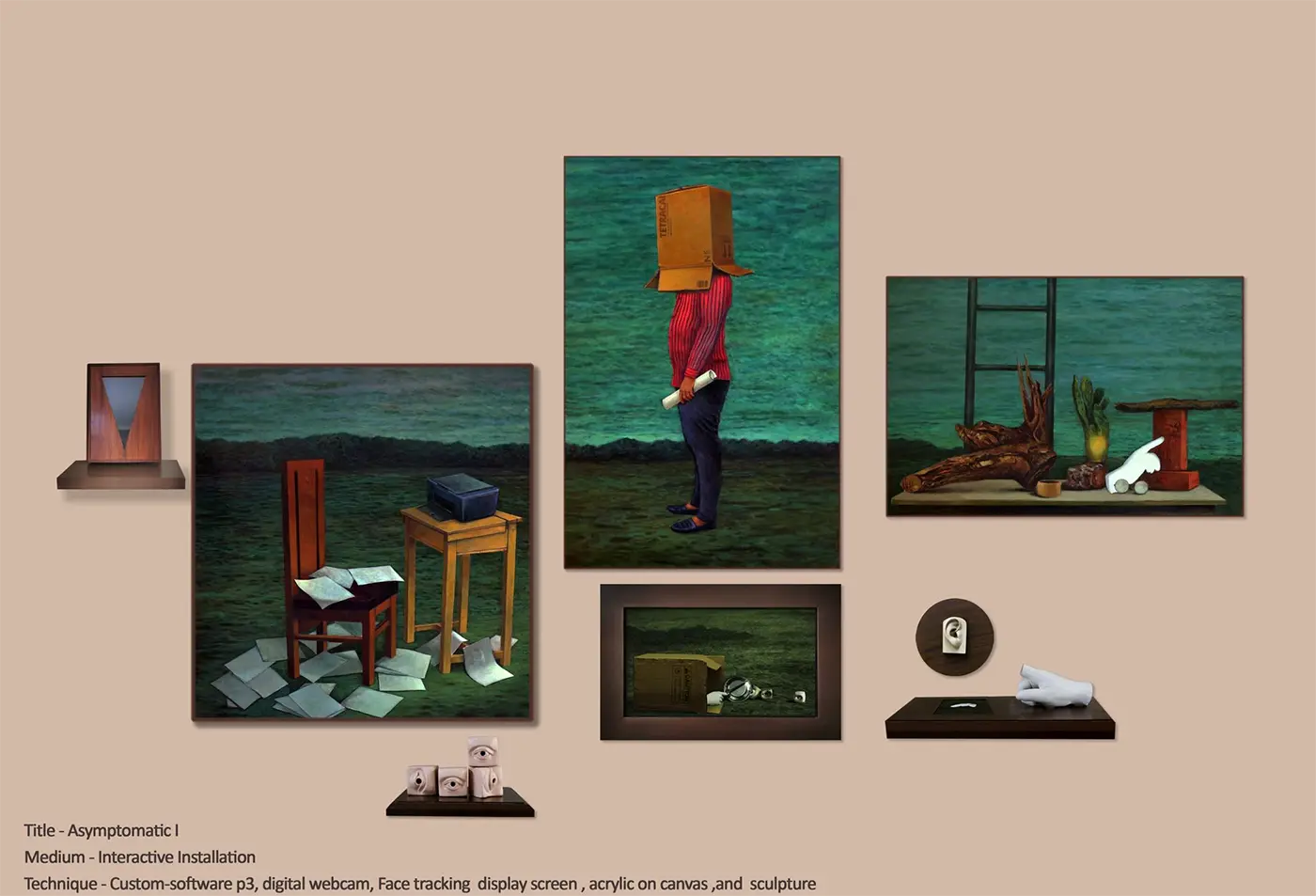
Digital Art: The Rise of New Media in the Art World
Digital art is transforming the way we create and experience art. As technology grows, artists are using new tools and platforms that allow them to be more creative and push the limits of what art can be. From computer-generated imagery (CGI) to interactive virtual worlds, digital art offers exciting opportunities that traditional art forms could only dream of.
In this blog, we’ll explore the rise of digital art, the various types of media that digital artists use, and how it’s shaping the future of art. We’ll also look at some famous digital artists and the impact their work is making.
What is Digital Art?
Digital art is any artwork created using digital technology. Instead of using traditional materials like paint, canvas, or clay, digital artists use computers, tablets, and software to create their work. This includes digital painting, 3D modeling, animation, virtual reality (VR), and even interactive installations. Digital art has one unique advantage – it can be shared, reproduced, and modified easily, making it accessible to people all around the world.
The Growth of New Media in Art
In the past, art was often limited by where it could be shown and the materials used to create it. Artists had to rely on physical galleries to display their work, and creating art was often time-consuming. But with the rise of new media, this has changed. Digital platforms, social media, and virtual galleries allow artists to share their work instantly with audiences across the globe. The internet has become a new stage for art, where anyone can upload, share, and even sell their work.
Platforms like Instagram, DeviantArt, and ArtStation are popular spaces for digital artists to display their work. These platforms not only connect artists with fans but also with buyers and collaborators. A recent shift in the art world is the rise of NFT (Non-Fungible Token) art. This allows digital artists to sell their work as unique items on blockchain technology.
Types of Digital Art
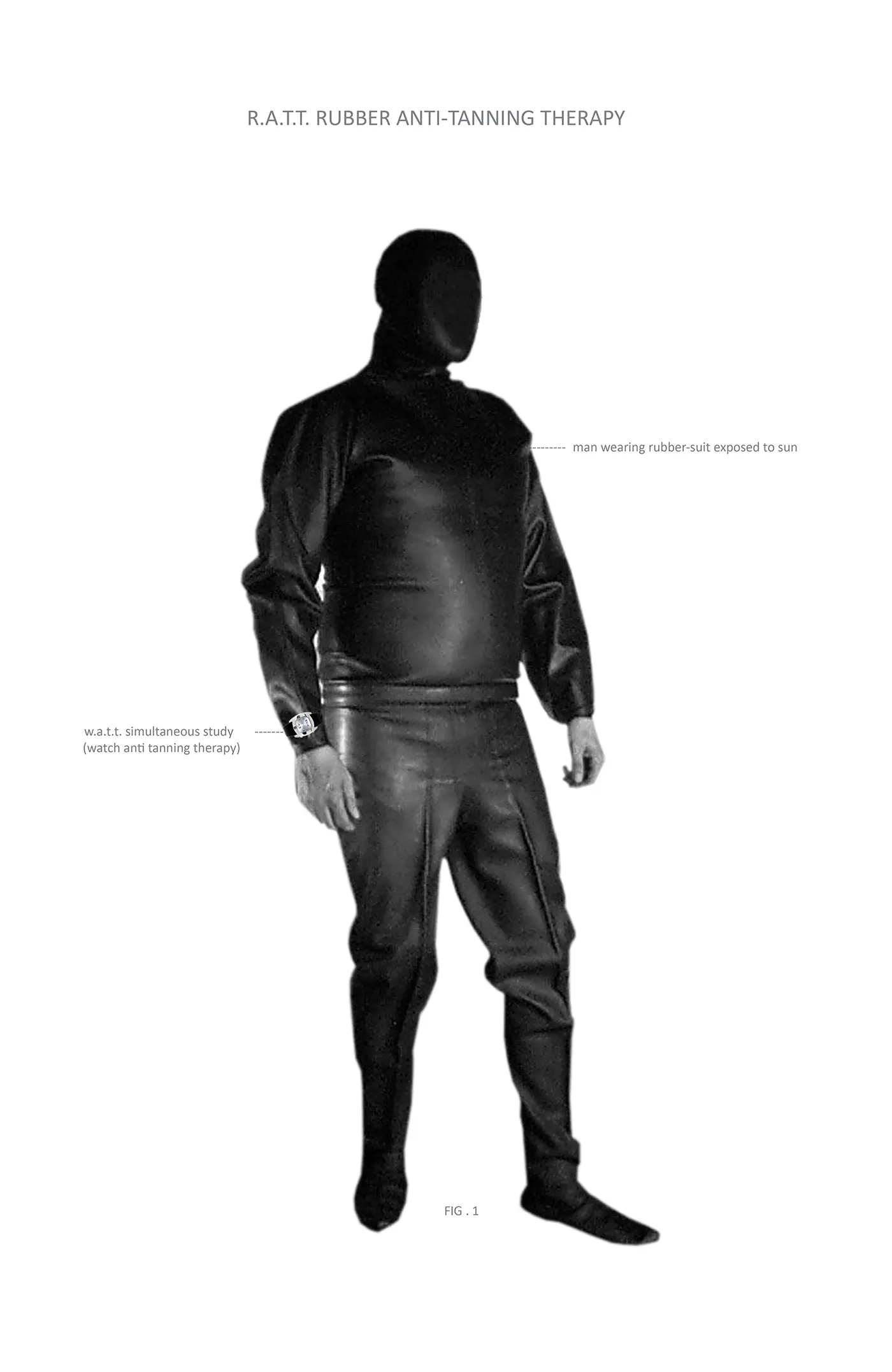
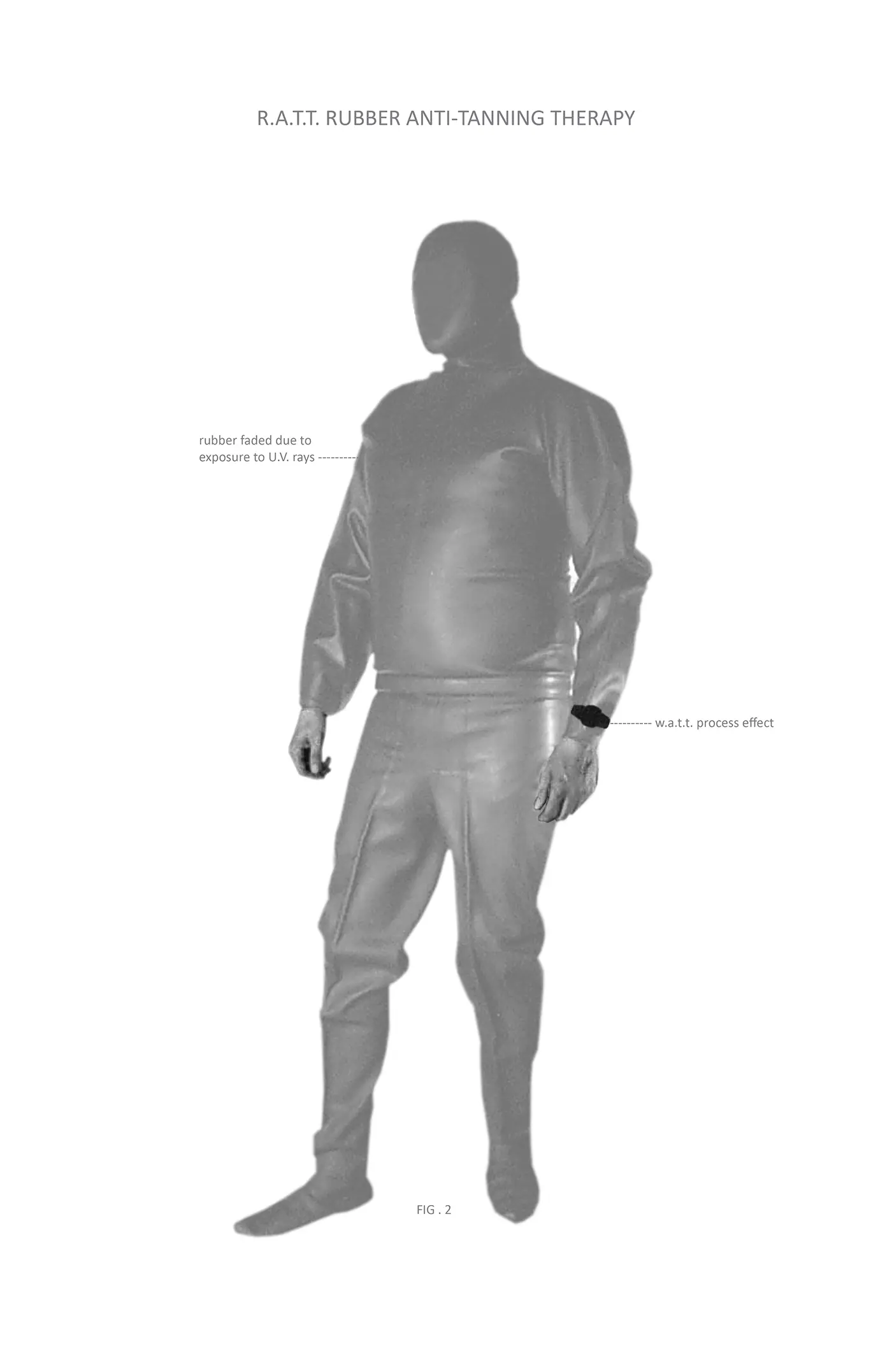
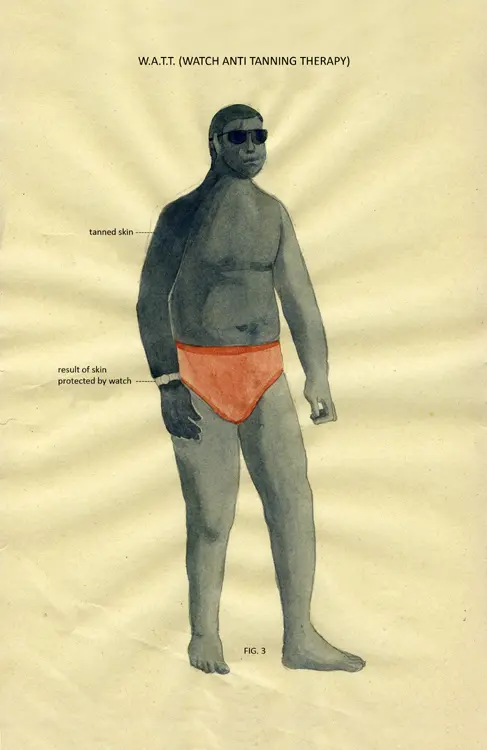
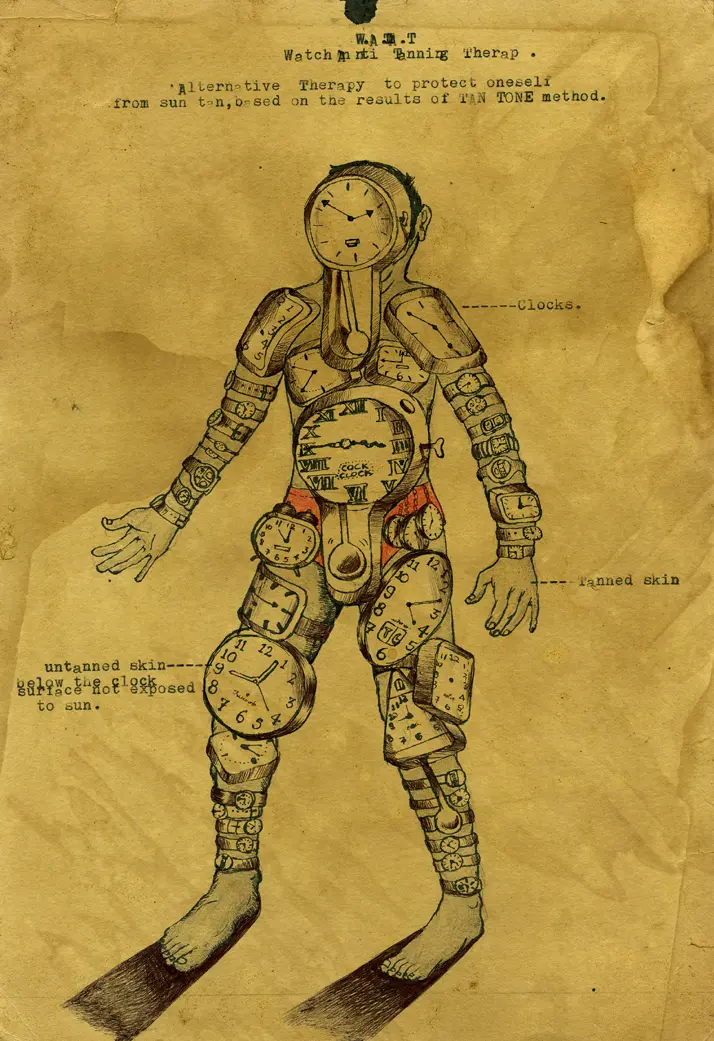
(Shreyas Karle, Tane Fone Project (2009), Set of 3 Prints and 1 Drawing, 40 x 26)
1. Digital Painting
Digital painting involves creating artwork on a computer or tablet using programs like Photoshop, Procreate, or Corel Painter. Instead of physical brushes and paints, artists use digital brushes to create their works. The flexibility of digital painting allows artists to easily fix mistakes and try out different techniques.2. 3D Modeling and Sculpting
3D art involves creating three-dimensional objects and environments using software. Artists design models from scratch, adding textures, lighting, and sometimes animation. This is widely used in video games, movies, and architectural design. Popular software includes Blender, ZBrush, and Maya.3. Animation and Motion Graphics
Animation brings images to life through motion, from simple GIFs to the complex CGI seen in films. Motion graphics use shapes, text, and images to create eye-catching visuals, and programs like After Effects and Blender are often used for these types of projects.4. Virtual Reality (VR) and Augmented Reality (AR)
VR and AR are cutting-edge technologies that let viewers experience art in new ways. VR allows people to immerse themselves in 3D environments, while AR layers digital images over the real world.5. NFT Art and Blockchain Technology
NFTs have created a new market for digital art, allowing artists to sell their work as unique assets. This is done through blockchain, ensuring that each piece is one-of-a-kind and comes with proof of ownership.Advantages of Digital Art
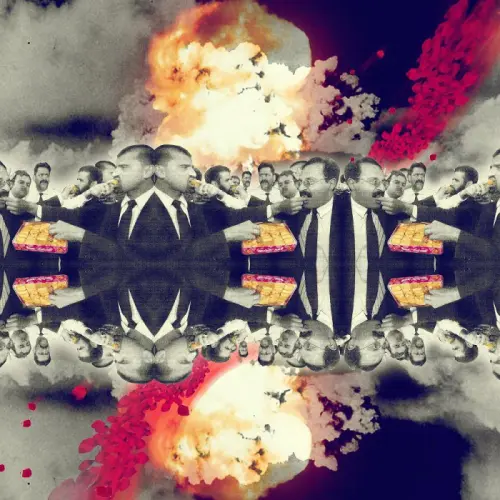
(Mehreen Murtaza, C-Type Archival Print, 15 x 15)
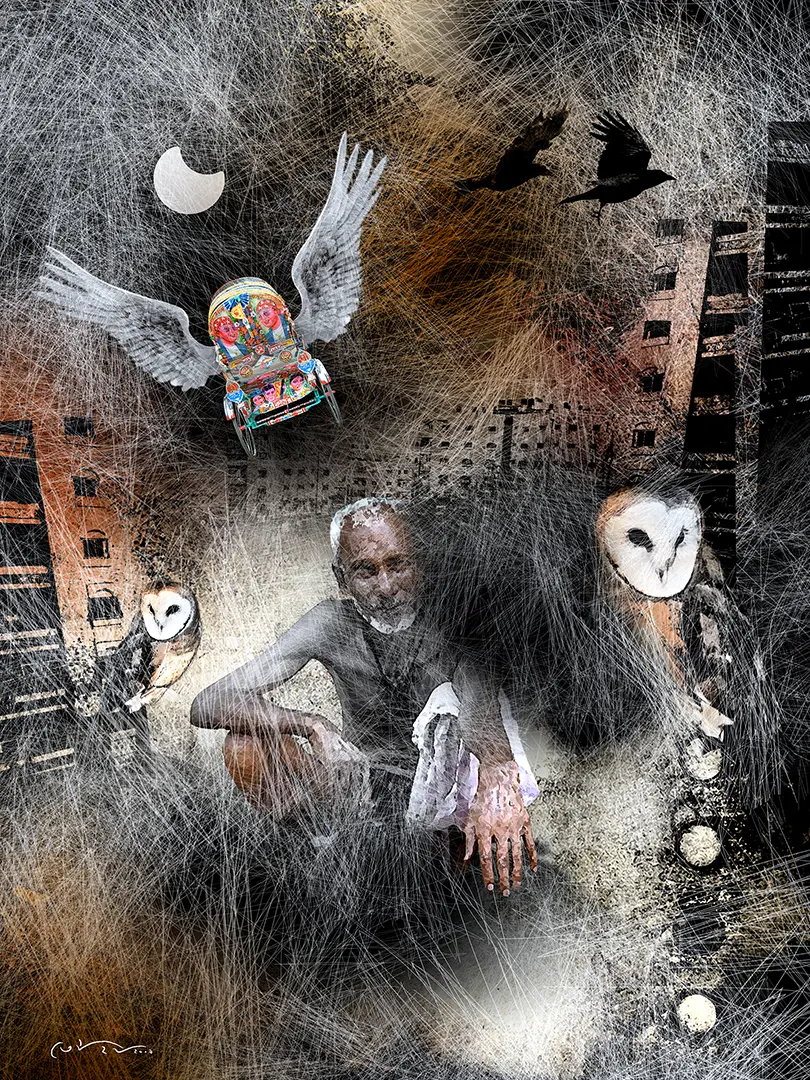
(Touhin Hasan, Digital Print Cloth, 24 x 32)
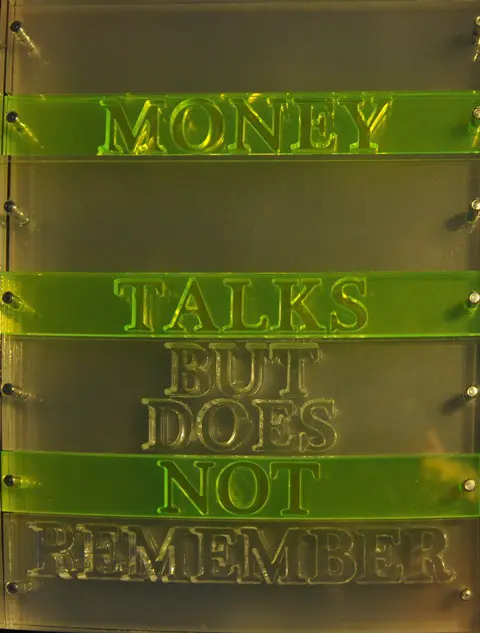
(Raqs Media Collective, Acrylic Découpé, 11.5 x 8.7 x 1.5)
1. Endless Possibilities
Digital tools allow for almost limitless creativity. Artists can try out new textures, work with 3D environments, and experiment with light and color in ways that aren’t possible with traditional materials. Features like layers and undo options make the process faster and more flexible.2. Easy to Share and Sell
One of the best things about digital art is how easy it is to share online. Social media platforms like Instagram and Twitter have helped many digital artists gain a following. In addition, online marketplaces like Etsy or NFT platforms like OpenSea make it easy for digital artists to sell their work worldwide.3. Eco-Friendly
Since digital art doesn’t require physical materials like paint, canvas, or paper, it’s often more eco-friendly. Artists don’t have to worry about wasted materials or the environmental impact of shipping artwork.Challenges of Digital Art
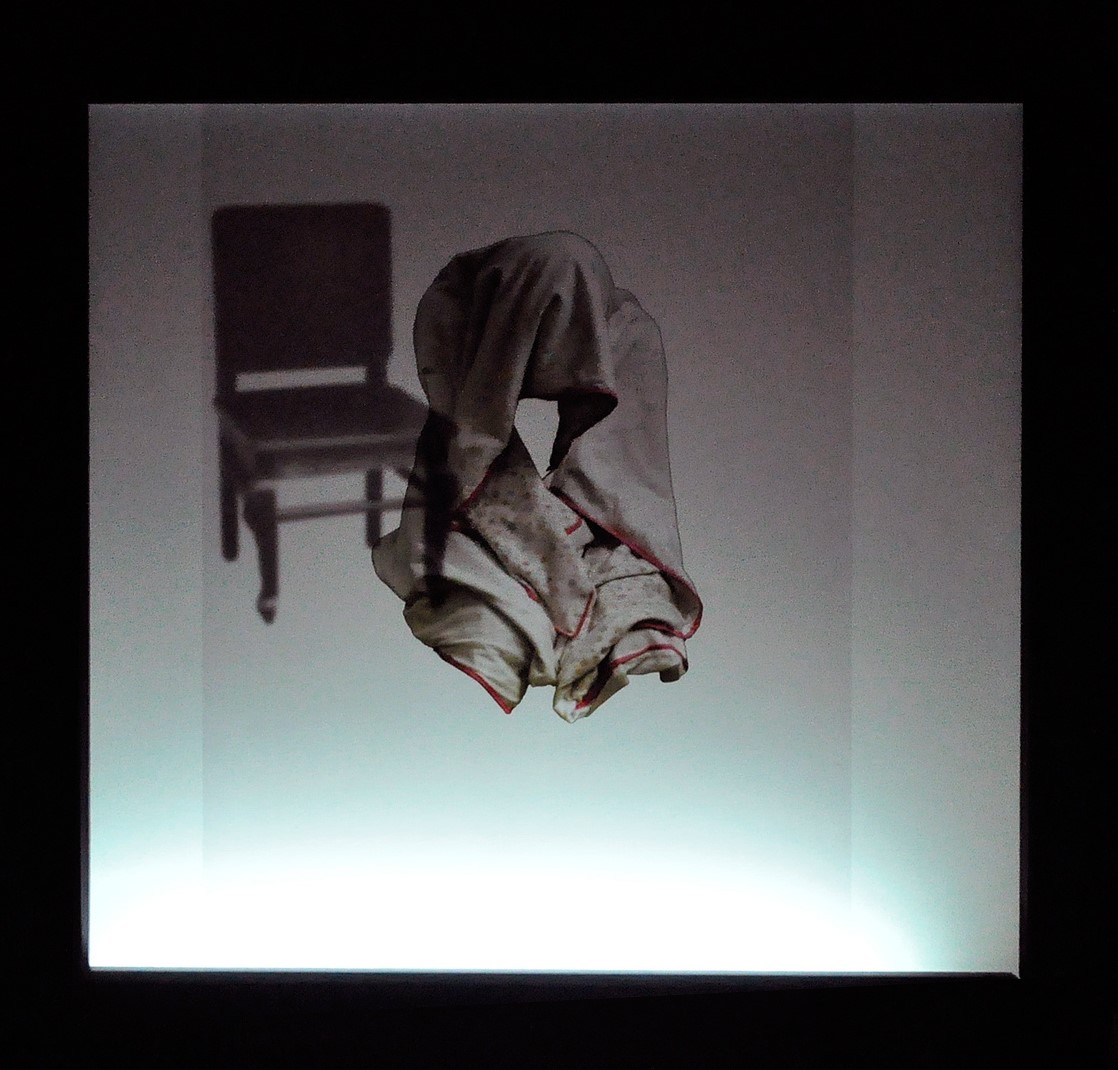
(Rupali Patil, Digital Print on Satin Silk with Frame Box, 12 x 12)
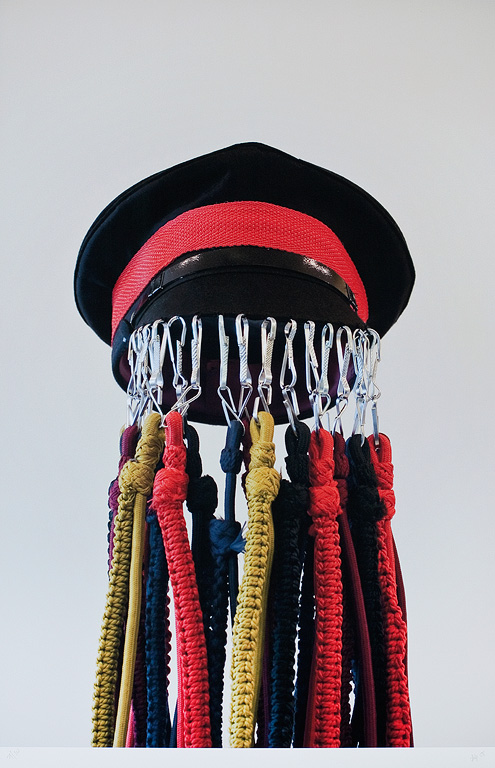
(Shilpa Gupta, Digital C-Print on Acid-Free Paper, 23.5 x 36)
1. Copyright Issues
Because digital art can be easily shared and copied, it can be hard to protect it from theft. Some artists have had their work used without permission. While NFTs offer a way to prove ownership of digital works, copyright is still a concern.2. Learning Curve
Learning to use digital tools like Photoshop or Blender can be challenging, especially for traditional artists. It takes time to master these programs, but many artists find that once they do, they have more freedom to create.3. Perception of Value
Some people still see traditional art as being more valuable than digital art because it can be easily copied or reproduced. However, the rise of NFTs is changing this view, helping digital art gain more respect in the art world.The Future of Digital Art
The future of digital art looks promising. As technology advances, new digital media will emerge, offering even more opportunities for artists. NFTs, virtual galleries, and immersive art experiences are becoming a permanent part of the art world. Schools and institutions are now teaching digital art, preparing the next generation of creators.Collaboration between artists and tech companies will lead to even more innovation. With AI, some artists are even using algorithms to create art, pushing creativity into new dimensions.Conclusion

(Kanishka Ingle, Archival Print on Paper, 15.5 x 23.5)
Digital art has changed how we create and experience art. From digital painting to virtual reality, new media has opened up endless possibilities for artists. While challenges like copyright and learning curves exist, the benefits of digital art – its flexibility, shareability, and eco-friendliness are making it a powerful force in the art world. Whether you’re an artist looking to explore new tools or a viewer eager for something fresh, digital art is the future of creativity.




